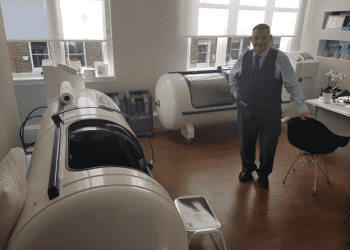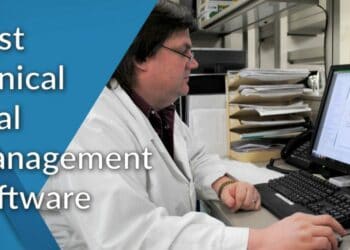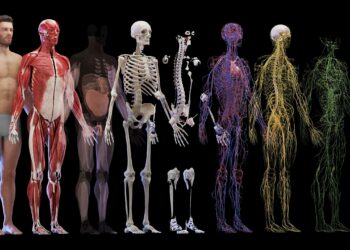We live in an era where mobile medical services are more accessible than physical health care. Hence, medical chat bots are increasingly becoming convenient and useful for offering advice, educating patients, and making personalized recommendations. Moreover, the nature of language in the medical department can be quite complex for ordinary people to understand.
Similarly, a multilingual workforce can be hard to accommodate. However, it is necessary to invest in multilingual training tools in the medical sector if your health organization handles international clients. Multilingual training tools have language translation features that allow patients and medical personnel to understand one another, thereby reducing the chances of medical errors in medical institutions.
Here are a few ways in which life science and medical translations could help health personnel work more efficiently and patients live healthier lives.
Multilingual training tools save time and effort
Training a multilingual workforce is challenging. Investing in multilingual training tools in your medical institution could, therefore, save you a lot of time and money. These tools enhance the efficiency of mobile learning as the learners get course content instantly regardless of their language or geographical location.
While using these multilingual tools during training, your medical personnel get instant translations through a few easy strokes. These tools are quite cheaper than the traditional training processes, where course content is translated into various languages. Not only was the traditional process time-consuming, but it also required a lot of investment.
It increases the value of your organization
Multilingual employees add value to your organization. They enable your organization to bridge the gap between people from different cultures. They also foster understanding and unity in the organization by enhancing communication among personnel from different cultural backgrounds. These tools also enable your organization to remain differentiated from the rest of the health institutions and keep ahead of the competition.
It enables health workers to personalize healthcare
Creating the multilingual training tools involves collaboration between software and doctors to create accurate and credible services for patients. It enables health workers to be more empathetic and to design personalized care plans for patients from different cultural backgrounds. This feature enables you to differentiate your organization from your competitors.
Expand your service portfolio
Providing training opportunities through different language options can help you to get more experienced and skilled personnel from various fields of work. These personnel will also help you expand the number of services you provide for your clients. Investing in multilingual training tools could also help you open more branches in regions that use native languages. The multilingual training tools could also enable you to expand your medical services to markets that are hard to reach.
The challenges of using multilingual training tools in the Medical Sector
Although the development of multilingual training tools is increasing, it is quite challenging. Many medical institutions only operate in two languages, with English as the most frequently used language. Not only is creating multilingual training tools work-intensive, but it is also quite costly, complex and error-prone.
Most of the time, this method of training is not scalable. For example, an alteration in the course material needs to be replicated in different languages supported by the system. Although some companies aim to mitigate these challenges by automating their multilingual options using Google’s auto-translate algorithm, this method of translation is often prone to errors.
It takes language experts in the country to closely collaborate with medical specialists to interpret medical terms according to specific dialects. Not only is this method costly and time-consuming, but the quality of training tools also produced may not be of a satisfactory standard.
Conclusion
Today, multilingual training tools are advanced. They not only help you create multilingual training courses for medical personnel from different backgrounds, but they also help patients receive personalized diagnosis and treatment. They are also a good strategy for differentiating your organization from your competitors and expanding your market to areas where customers use their native language.
Although multilingual training tools are challenging to develop and expensive to implement, they give organizations impressive returns on investment by enabling them to increase their client base, expand their service portfolio, and venture into markets that are hard to access.






